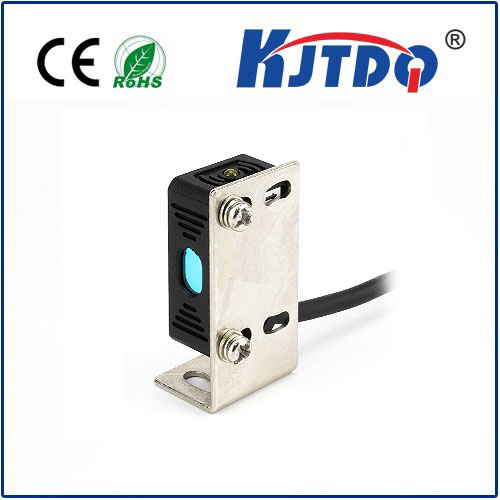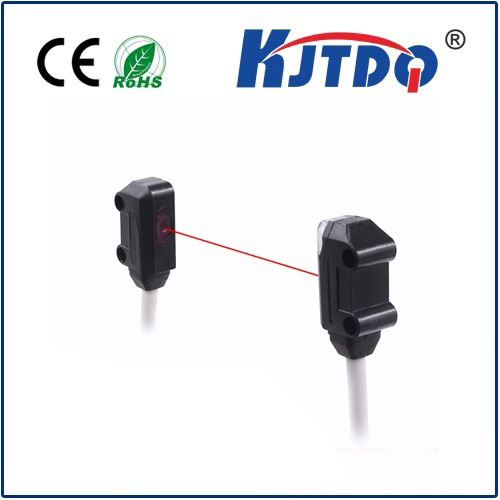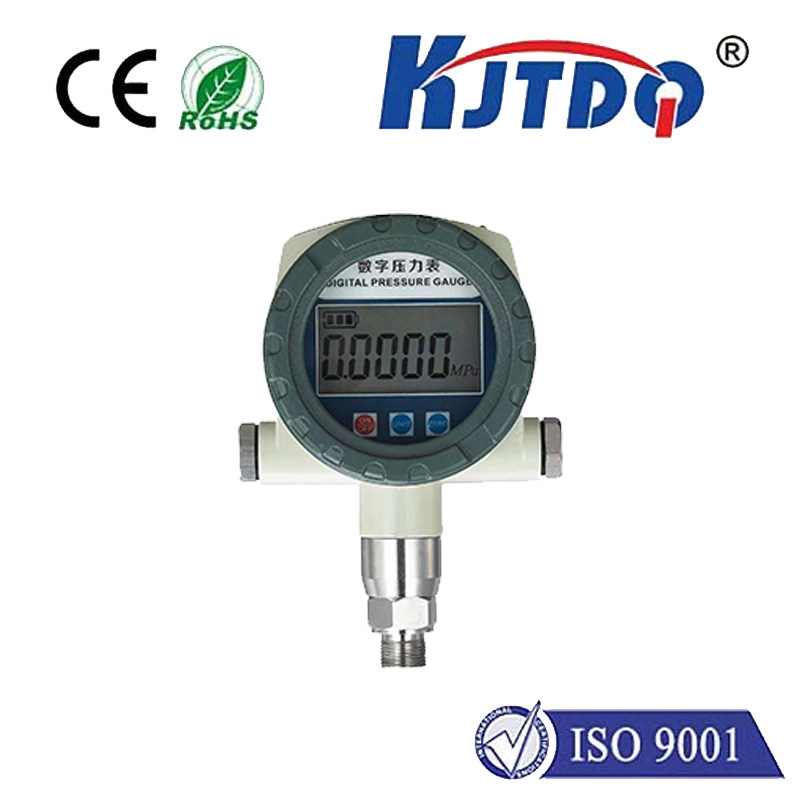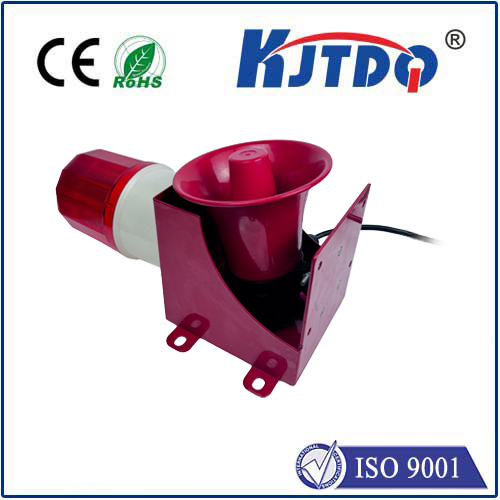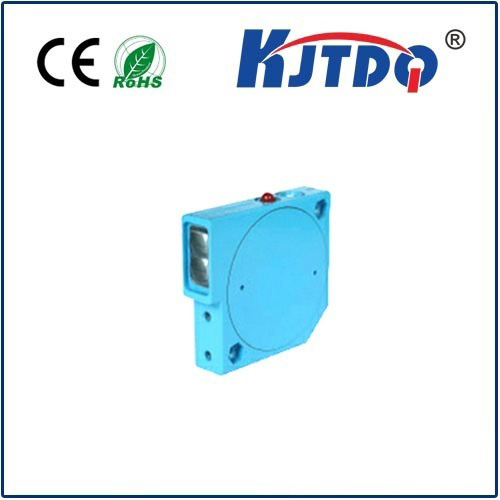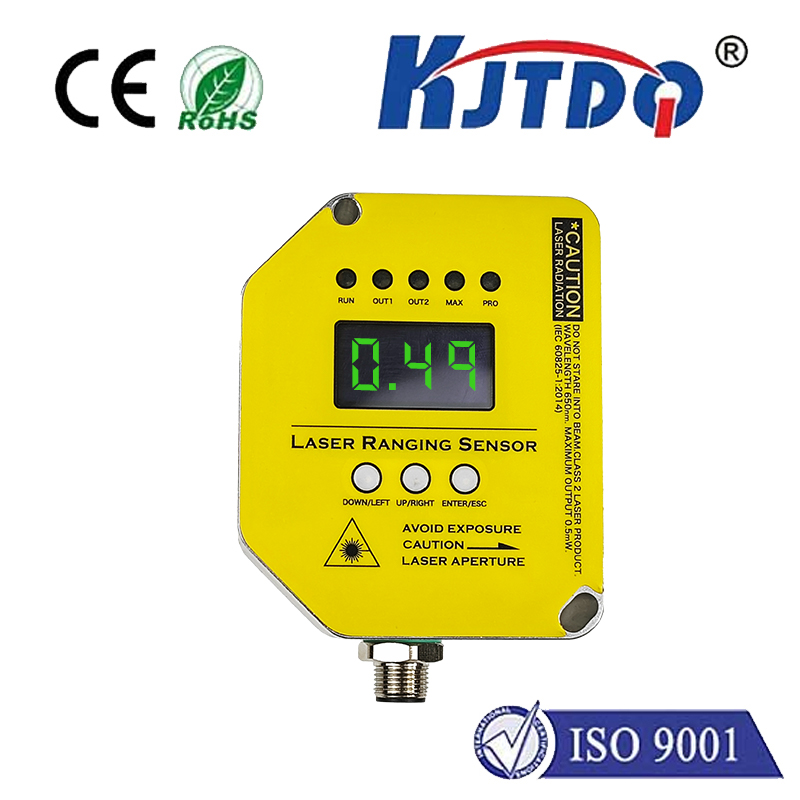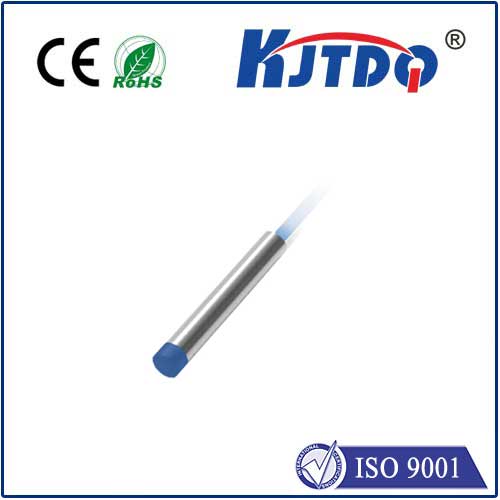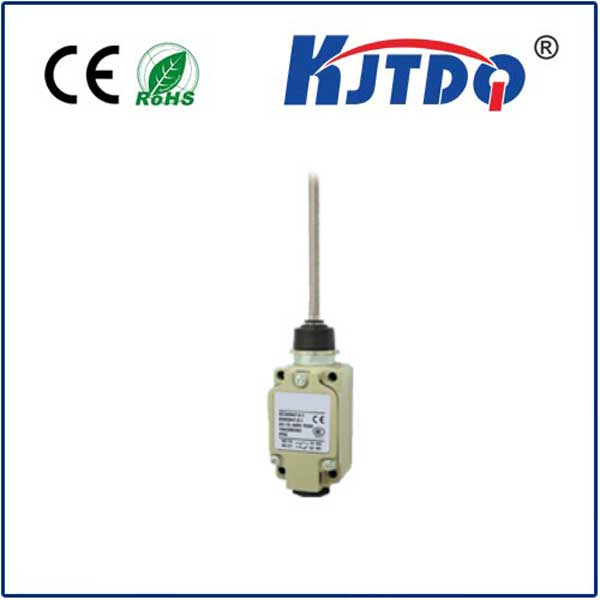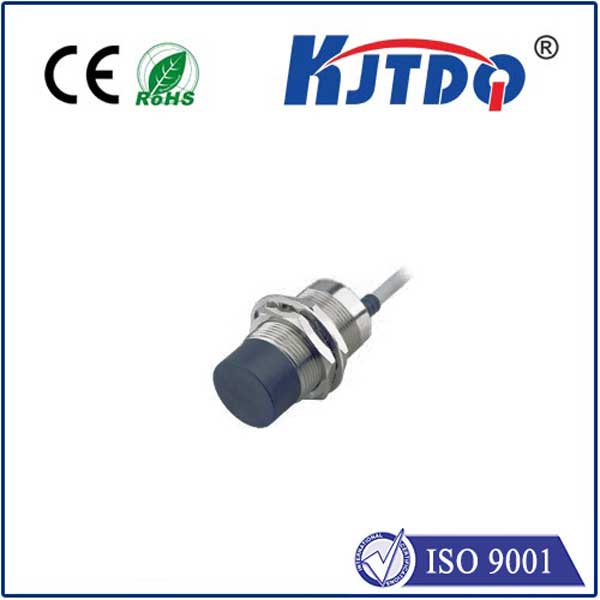
check

check

check

check
The advent of personal proximity sensors has transformed the way we interact with our surroundings. These tiny devices, which can be found in a variety of devices such as smartphones, smartwatches, and even home appliances, have revolutionized the way we perceive our environment. In this article, we will explore the impact of personal proximity sensors and their potential to change the way we live our lives.
Personal proximity sensors are designed to detect and respond to physical proximity between two objects or individuals. They work by using electromagnetic fields to detect changes in the distance between the objects or individuals. This allows them to accurately determine the distance between two objects, even if they are separated by obstacles like walls or other electronic devices.
One of the most significant applications of personal proximity sensors is in the field of healthcare. Medical professionals can use these sensors to monitor patient movements and identify any potential health issues before they become serious. Additionally, they can be used to track the spread of diseases and epidemics by identifying patterns in how people move and interact with each other.
Another important application of personal proximity sensors is in the field of security. By detecting the presence of people or objects, these sensors can alert security personnel to potential threats or suspicious activity. They can also be used to create secure environments for sensitive data by preventing unauthorized access to restricted areas.
In addition to these practical applications, personal proximity sensors also have the potential to transform our daily lives in many other ways. For example, they could be used to create more immersive gaming experiences by allowing players to interact with their environments in real-time. They could also be used in education to create more engaging and interactive learning environments.
In conclusion, personal proximity sensors are a powerful technology that has the potential to revolutionize the way we interact with our environment. From healthcare to security, these tiny devices are already making a big impact and there is no doubt that they will continue to play an increasingly important role in our lives in the years to come.
